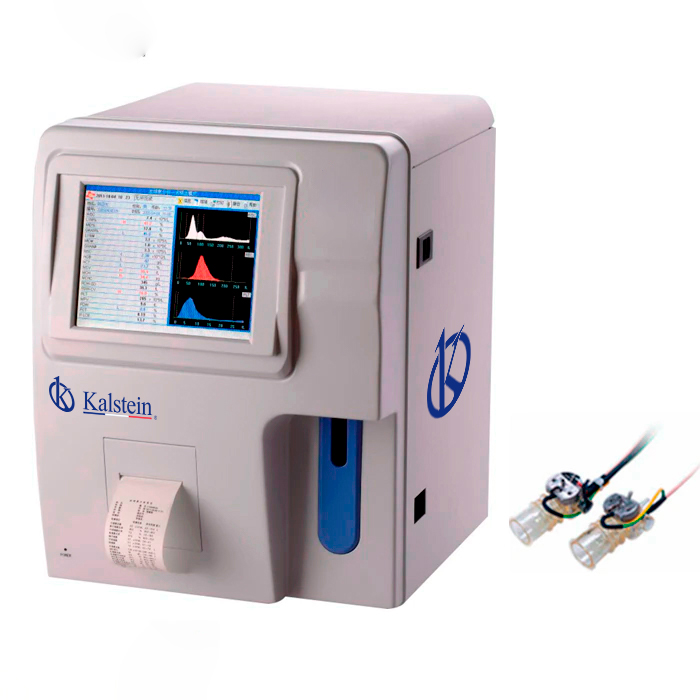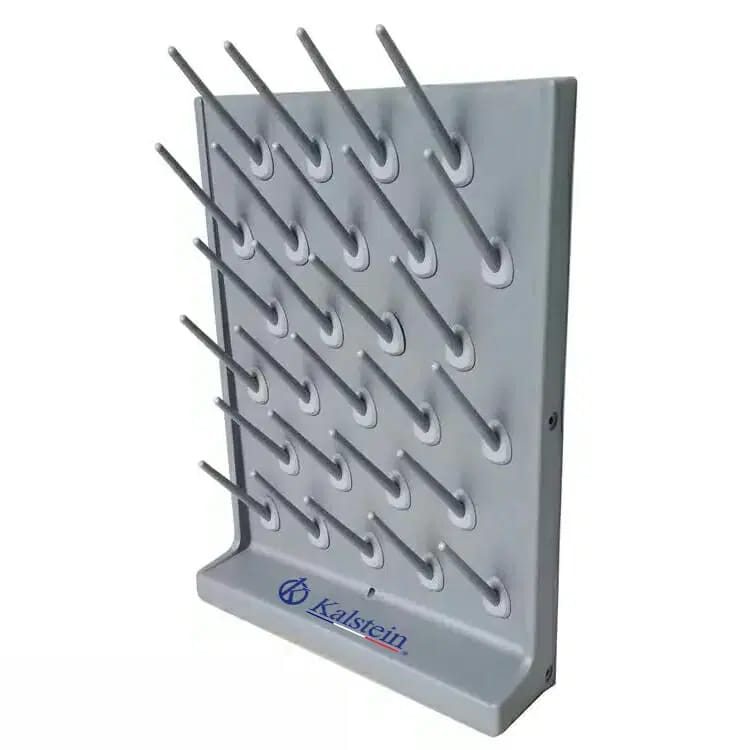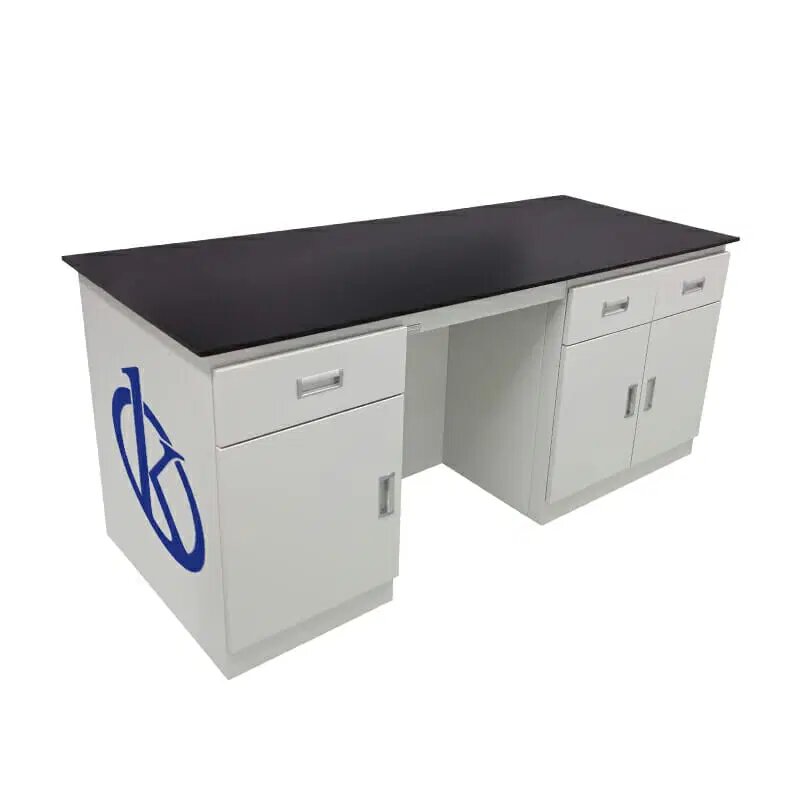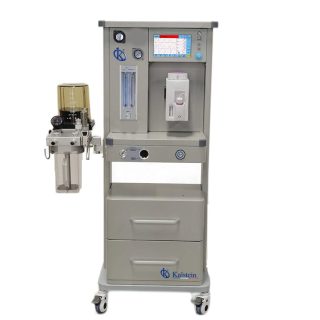Current hematology analyzers are high-tech devices designed to measure, classify, and count different components of blood, helping laboratories and clinicians better understand general health status and required treatments. These devices are usually used to detect diseases and conditions, determine the size and number of blood cells, measure cell counts, determine protein levels, and detect clotting problems.
When laboratories consider purchasing a new hematology analyzer, they should consider some important features to ensure they obtain a device that meets the needs of their responsibilities. The first thing a lab should evaluate when purchasing a hematology analyzer is speed. This feature refers to the scanner’s ability to process a result in record time.
Processing time varies depending on the type of analysis required and the laboratory’s workload volumes. Modern hematology analyzers can operate at tens of samples per minute, providing accurate and reliable results in a relatively short time frame. For this reason, when looking to acquire a new analyzer, it is important to analyze a wide range of models to find the device that offers an optimal mix of speed and reliability.
What should be the design features to consider for hematology analyzers?
Following the same order of ideas, it is important to evaluate the design of the available models. This includes considering size and maintenance requirements. These features are interrelated, as many small analyzers have the benefit of being easily transportable, but they can also be susceptible to mechanical failures if not properly maintained.
Therefore, it is important to look for a device that is suitable for the specific volume and work needs of the laboratory, and that is easily transportable if necessary and easy to maintain. Another important feature when choosing a hematology analyser is the integration of technology. This means that the device must be able to interact with a lab’s hardware and software systems efficiently.
In this sense, this means that the results generated by the instrument must be automatically transmitted to the electronic files or computers of the laboratory, thus being able to store and analyze results in real time. This will help laboratories simplify their procedures and processes, saving the time and costs involved. Such automation also provides some level of security, with digital backing of patient analysis reports.
What aspects should be taken into account in relation to the budget of laboratory hematology analyzers?
Finally, it is important to consider the budget when purchasing a new hematology analyzer. Modern instruments can be expensive, so it’s important to consider all factors before making the purchasing decision. For example, it is necessary to assess whether the device will require additional maintenance money to be invested, whether it offers any type of warranty and whether it offers any special promotion or discount.
Finally, these are just some of the main features to consider when choosing a hematology analyzer for a laboratory. Laboratories should take the time to evaluate each feature and become familiar with the different models, in order to obtain the device that best suits their needs and budget. While these steps may take some time, the customer will feel confident in purchasing the right equipment for their lab.
Characteristics of Kalstein hematology analyzers
Laboratories that are in search of a reliable, robust and first-technology device, should look at the equipment offers for sale offered by the manufacturer Kalstein. Up to 35 blood samples per hour can be analyzed with this equipment, measuring up to 23 parameters with thermal printing of results; the results can also be stored digitally. For more details on the other analyzer models, prices and purchase methods, please visit HERE and HERE




